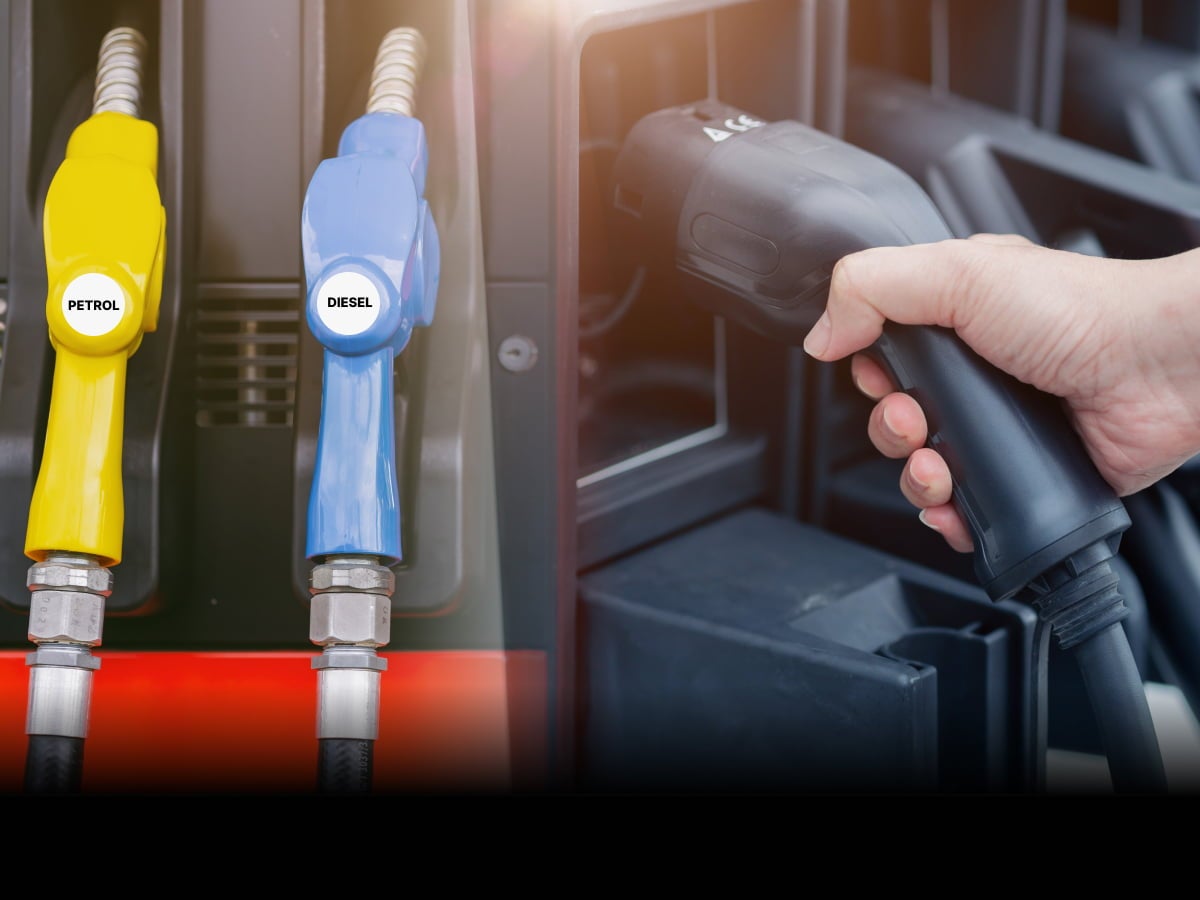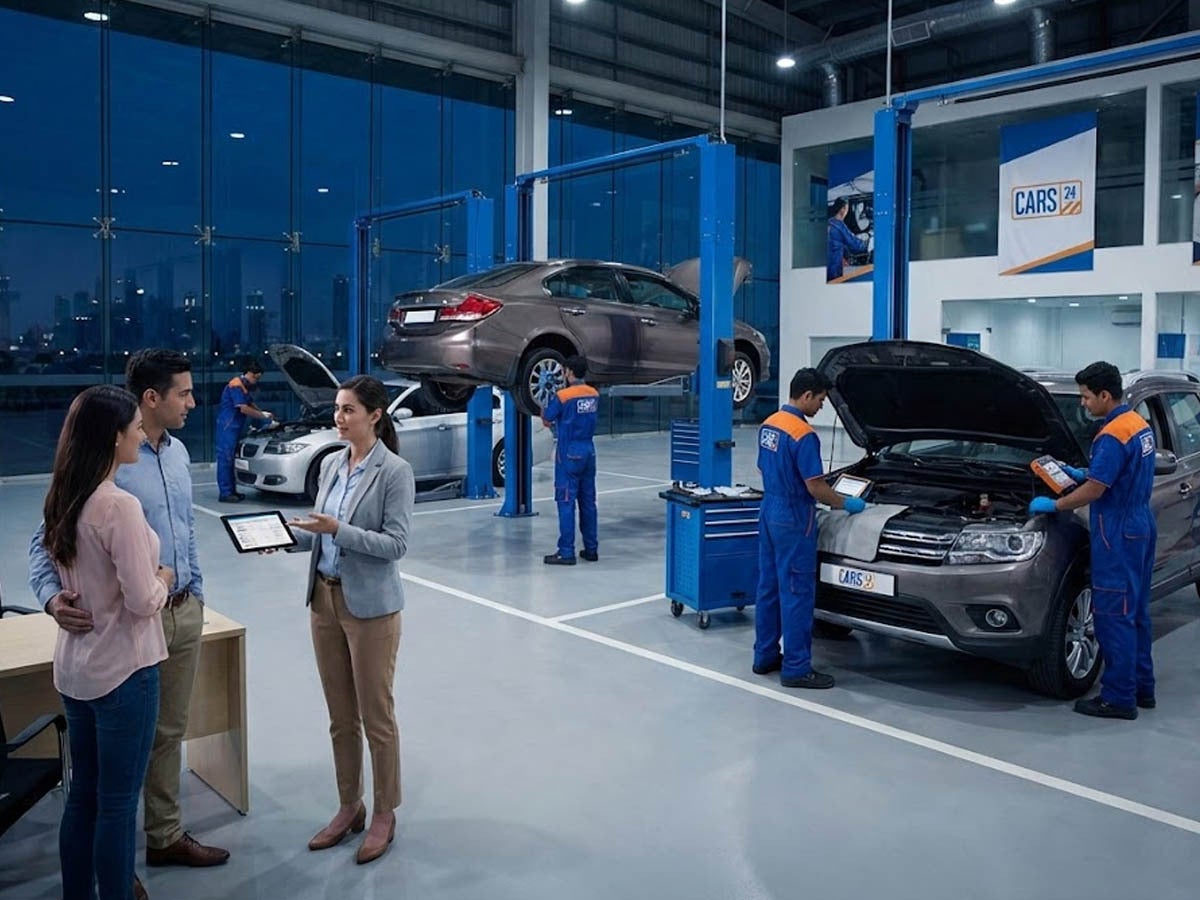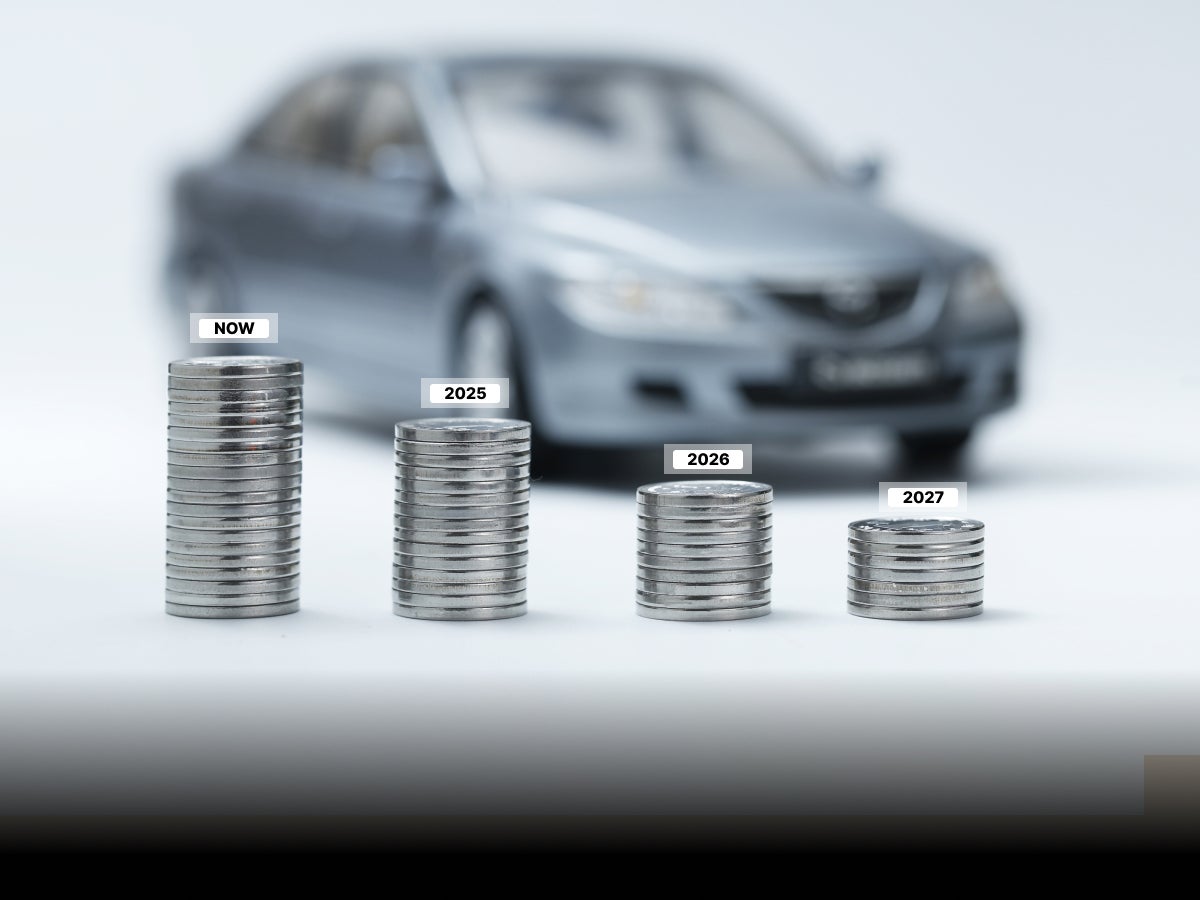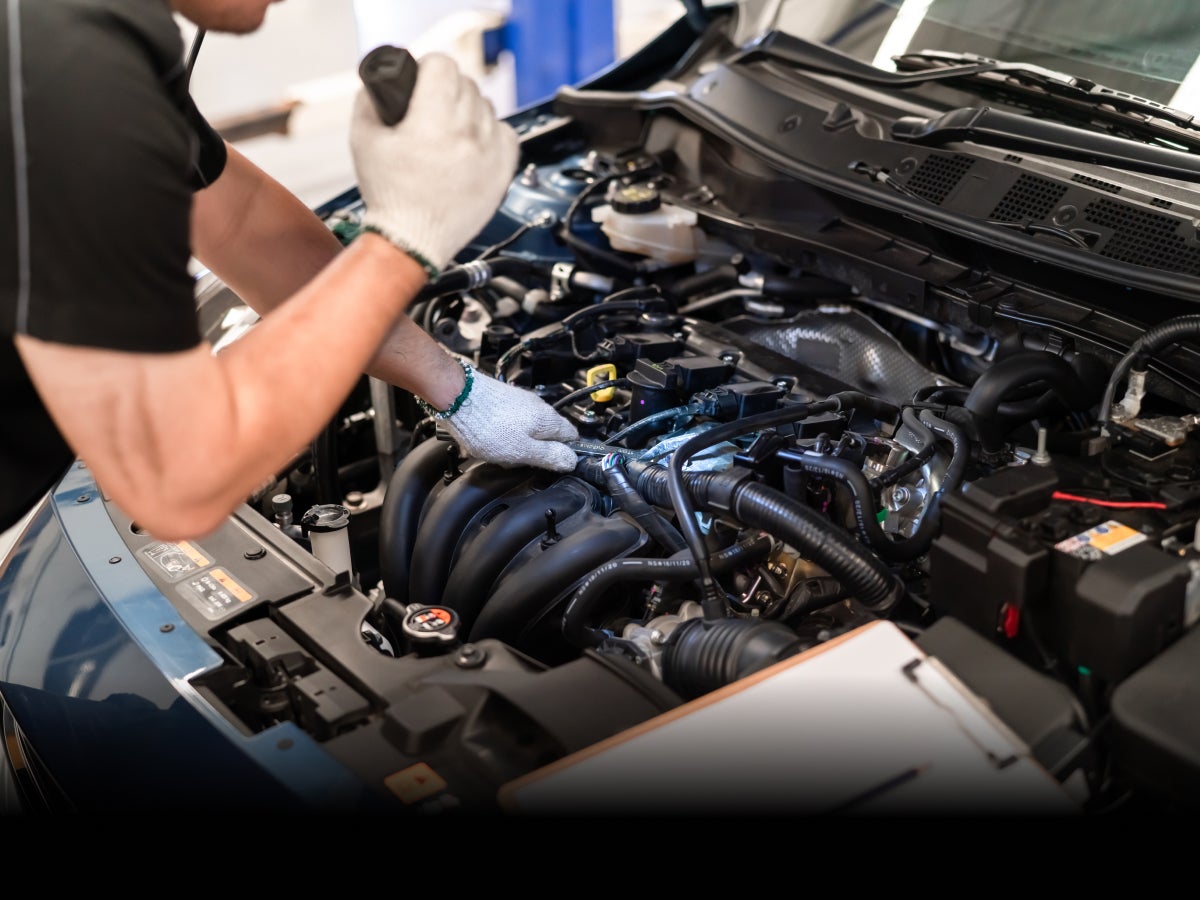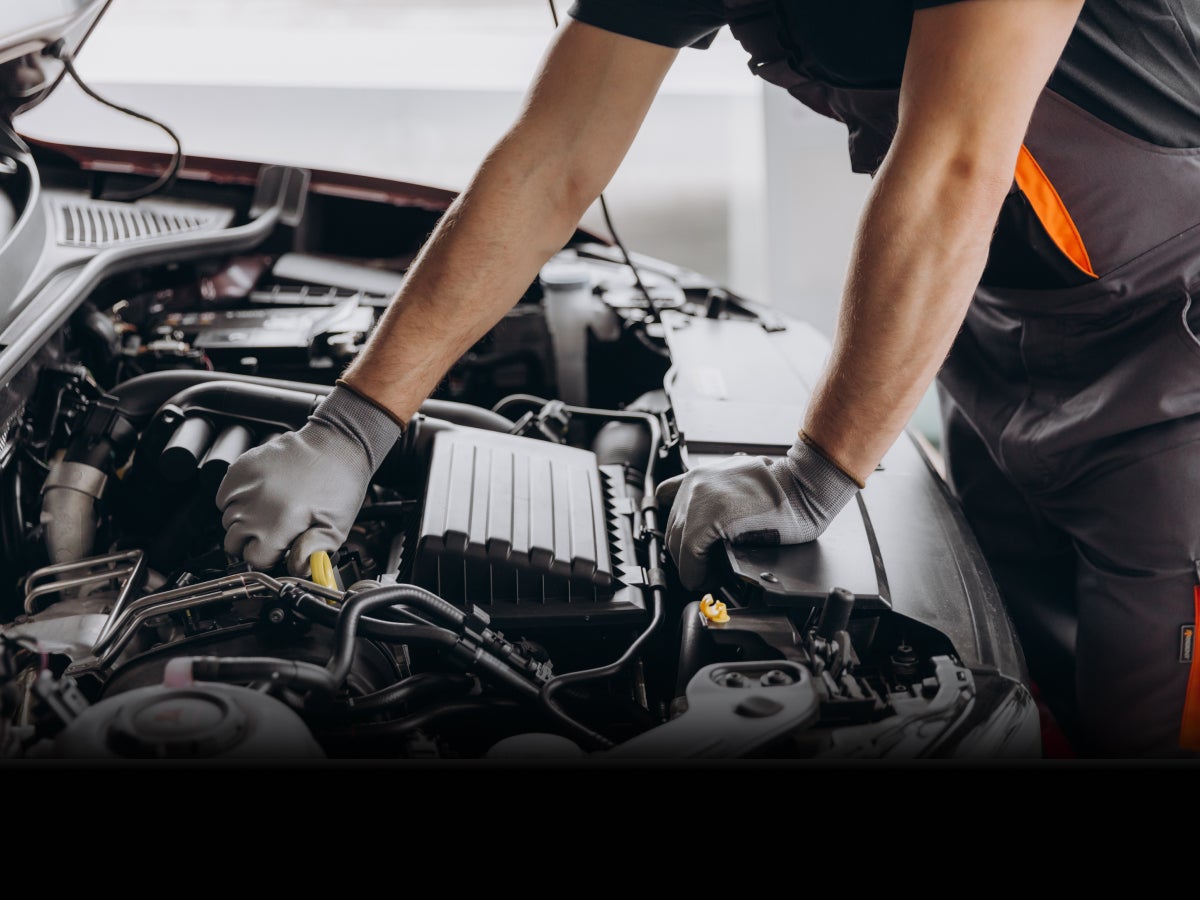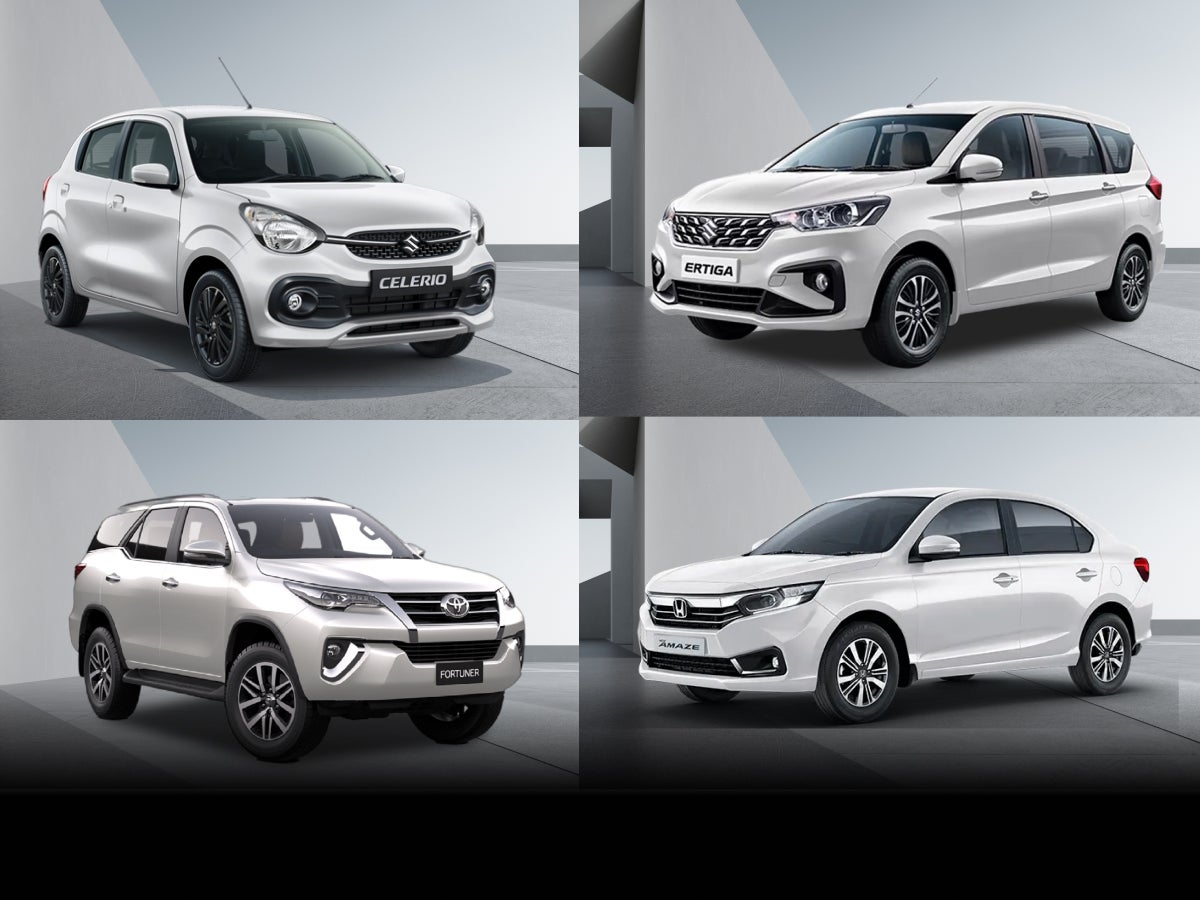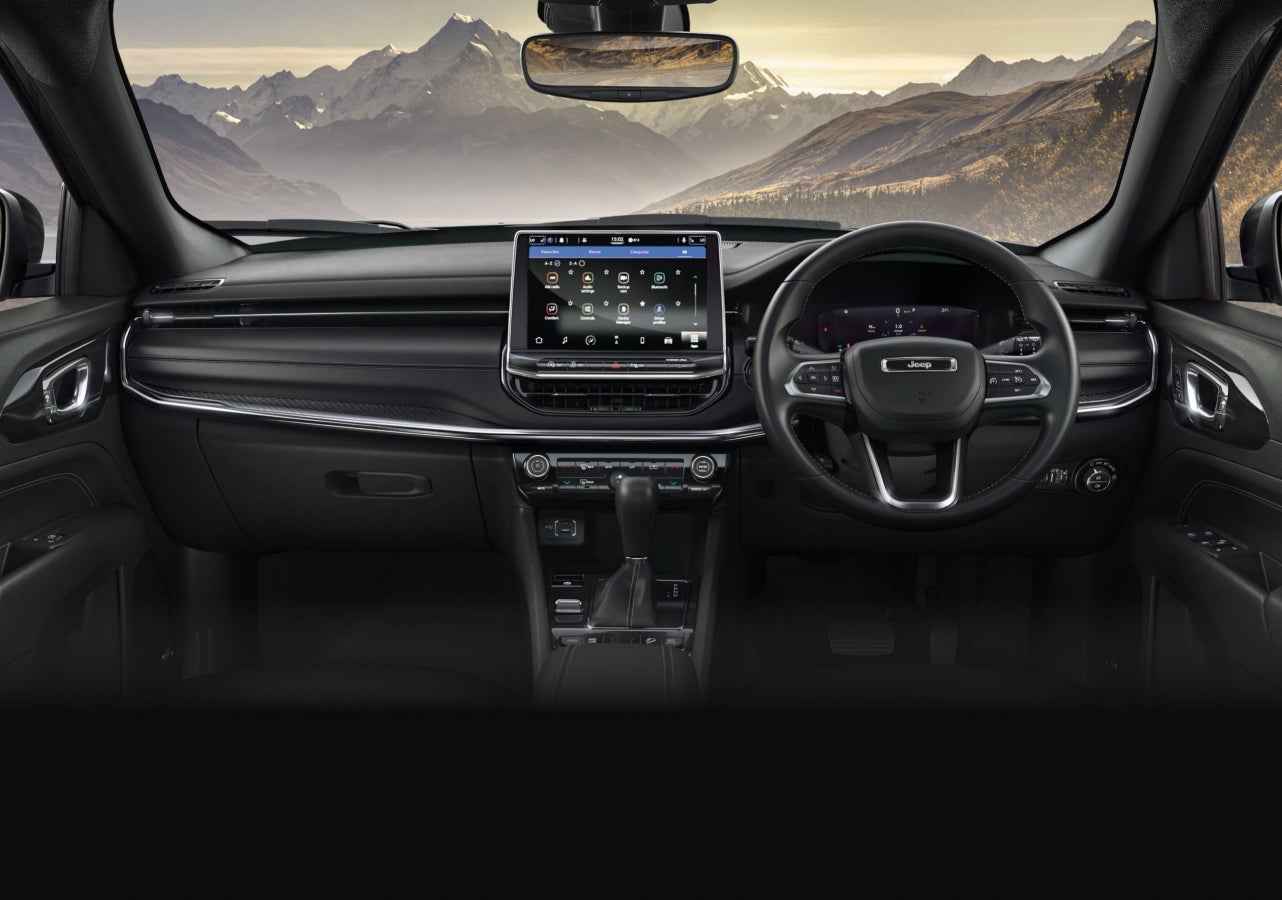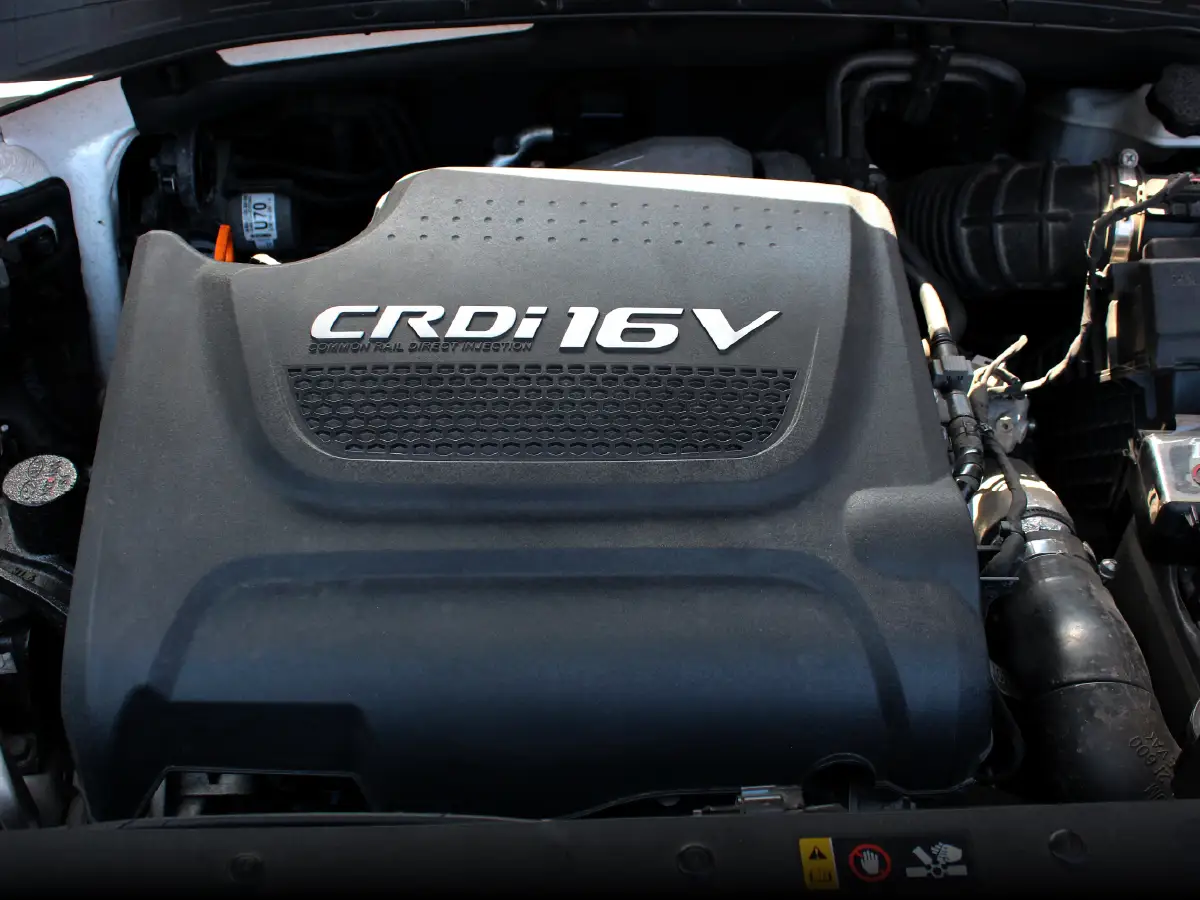

CRDI Engine Full Form in Diesel Cars and How It Works
- 1CRDI tech improves power and fuel economy across Indian road conditions
- 2CRDI technology delivers cleaner combustion in cars across the board
- 3CRDI engines are now popular across hatchbacks, sedans, and SUVs in India
- How a CRDI Engine Works
- CRDI Engine Benefits for Indian Drivers
- CRDI Engine Full Form Explained
- CRDI Engine vs. Older Diesel Systems
- Maintenance tips for CRDI Engine Cars
- Is a CRDI Engine Right for You?
- Future of the CRDI Engine in India
- CRDI Engine in Popular Indian Cars
- CRDI Engine Technology and Emissions Norms
- Conclusion
If you’ve driven a diesel car in the last few years and thought, “This feels much smoother than older diesel cars,” there’s a good reason behind it: the CRDI engine. It’s changed how diesel cars behave, sound, and perform. Gone are the days of loud rattles, smoky exhausts, and sluggish throttle response. Instead, you get quieter engines, punchier acceleration, and better mileage.
CRDI engines are now everywhere, from the humble hatchback to big premium SUVs. And if you’ve ever been curious about what the CRDI engine full form means or why it matters in the Indian market, this article breaks it all down in simple terms.
How a CRDI Engine Works
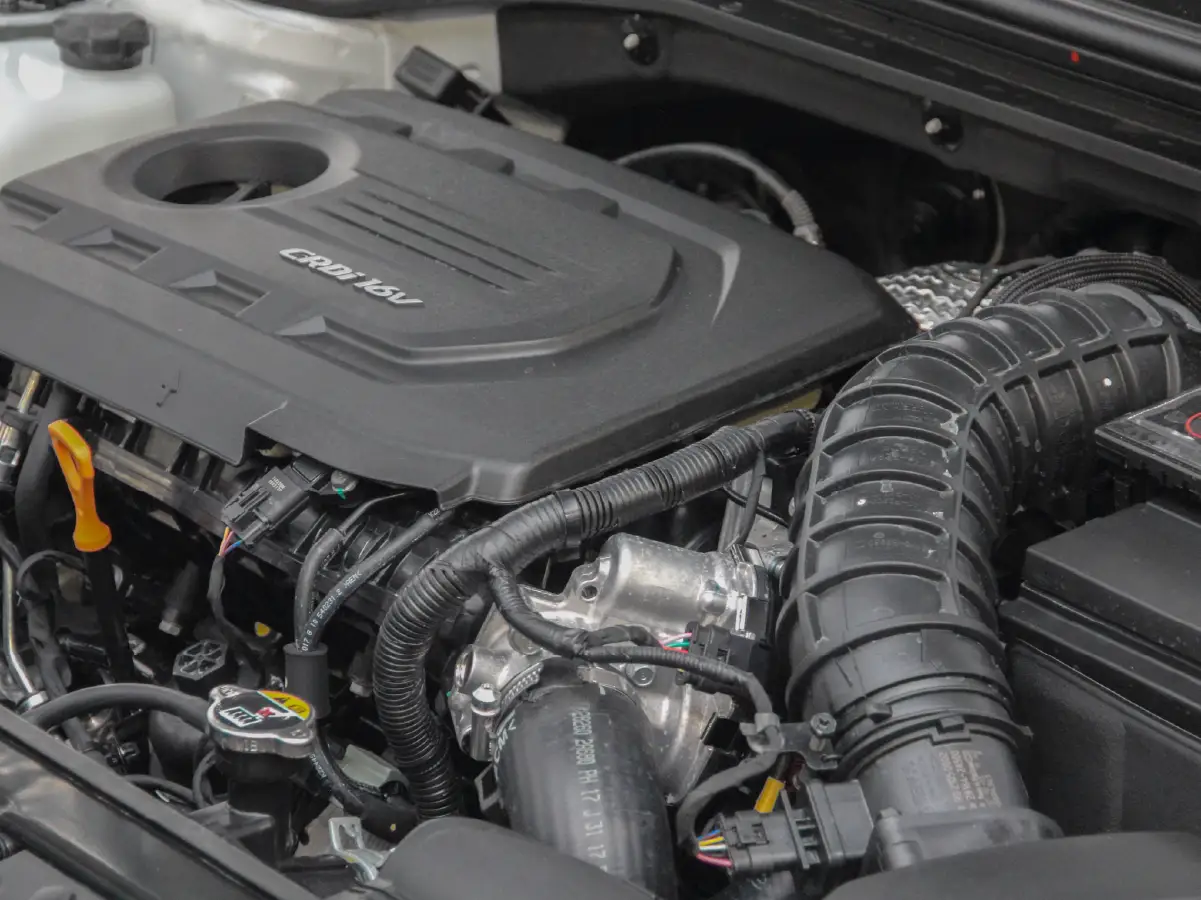
The CRDI engine, or Common Rail Diesel Injection system, uses a central high-pressure fuel rail and electronically controlled injectors. This design allows fuel to be injected into the engine at much higher pressures than older systems, which results in better atomisation of fuel, leading to cleaner and more efficient combustion.
Unlike old mechanical injection systems that had fixed injection timings, a CRDI engine adjusts the fuel injection process dynamically. That means it can deliver fuel at different timings and pressures depending on driving conditions. For instance, when you’re cruising on a highway, the ECU (Electronic Control Unit) commands fewer injections to maximise fuel efficiency. On the other hand, during acceleration or when climbing a hill, it adjusts for more power.
This advanced control leads to better throttle response, lower emissions, and improved fuel economy. It also results in a quieter engine and reduced vibration. For Indian roads, which demand versatility due to changing speeds and driving conditions, this makes CRDI engines the ideal choice for diesel vehicles.
CRDI Engine Benefits for Indian Drivers
Indian drivers want their cars to be fuel-efficient, powerful, low-maintenance, and reliable. CRDI Engines tick all those boxes. They offer strong low-end torque, which is perfect for city traffic where stop-start driving is common. This helps reduce the effort needed to move off from a standstill and makes overtaking easier on highways.
Mileage is a major concern for Indian buyers. A CRDI engine is known to offer up to 20% more fuel efficiency compared to older mechanical diesel engines. That translates to fewer fuel stops and more savings in the long run. With diesel prices continuing to rise, this efficiency becomes even more important.
Another big plus is reduced emissions. Modern CRDI engines often include diesel particulate filters (DPFs) and EGR systems (Exhaust Gas Recirculation) to meet BS6 norms. This means that these engines release less harmful gases and particulates, helping reduce pollution. And since more Indian cities are becoming stricter about emissions, this makes CRDI-powered cars a safer bet for future compliance.
CRDI Engine Full Form Explained
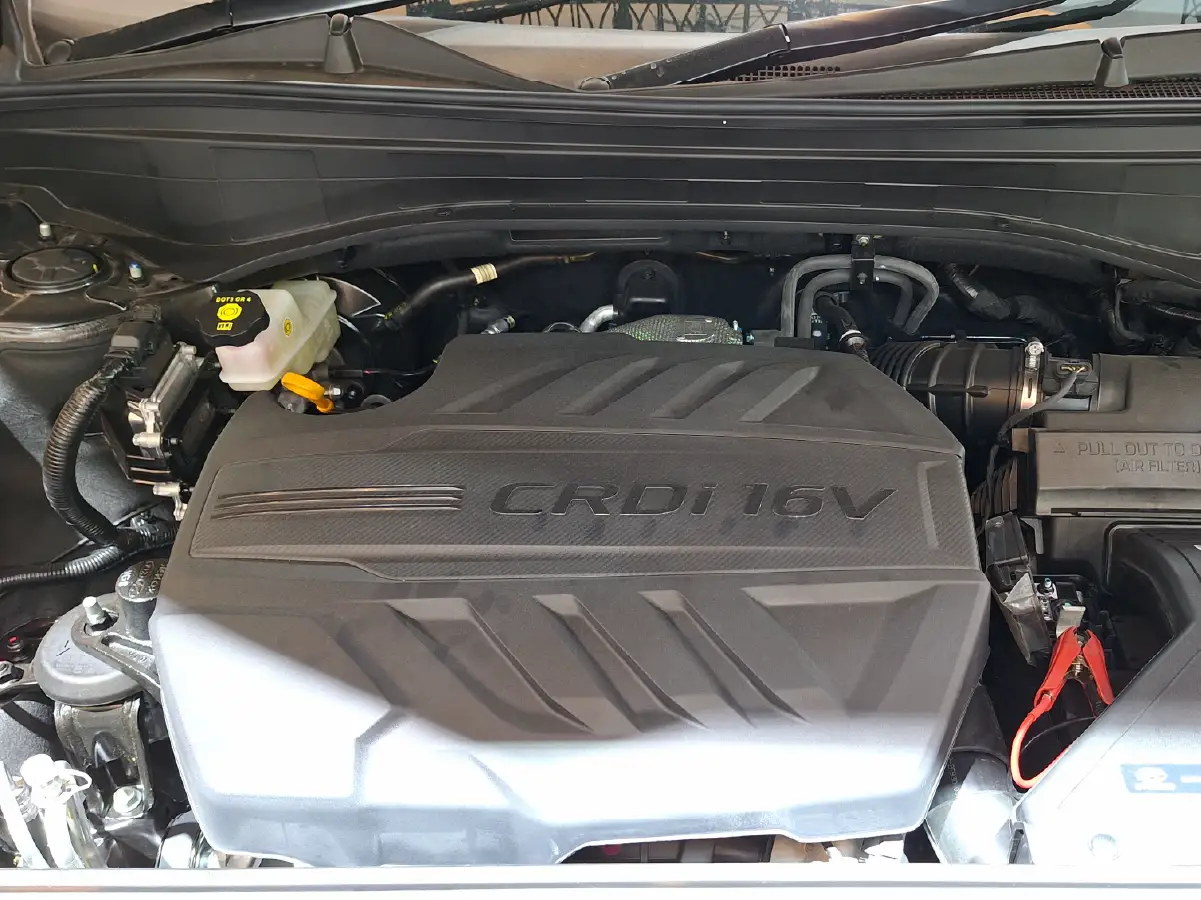
The CRDI engine full form is Common Rail Diesel Injection. The "common rail" refers to a shared pipe or manifold that supplies high-pressure fuel to all the injectors in the system. This design allows the fuel to be stored at very high pressures (often over 1500 bar) and delivered to each cylinder precisely when needed.
This level of precision was not possible with older diesel systems that relied on mechanical timing. With CRDI engines, an onboard ECU constantly monitors parameters like engine speed, throttle position, load, and temperature. Based on this data, it sends signals to the injectors to control the exact amount and timing of fuel injection.
So when people ask you what the CRDI engine full form is, it’s more than just words. It reflects a complete shift in how diesel fuel is managed inside an engine. And for Indian buyers, this means more efficiency, better refinement, and a modern driving experience in a diesel car.
CRDI Engine vs. Older Diesel Systems
Older diesel engines relied on mechanical fuel injection pumps. These systems were simple, but they lacked precision. That’s why earlier diesel cars often felt sluggish, emitted black smoke, and made a lot of noise. The CRDI engine fixed all those issues with one big upgrade: electronic fuel management.
Thanks to its high-pressure common rail and smart ECU control, a CRDI engine injects fuel in multiple stages. Instead of dumping all the fuel at once, it divides it into smaller bursts. This helps with smoother combustion, quieter operation, and lower emissions.
For Indian users, the difference is clear. You no longer hear loud diesel clatter at startup. Acceleration is smoother, especially in traffic. The engine feels alive and responsive. And most importantly, mileage numbers stay strong even after years of use. That’s why today, almost every modern diesel car in India, whether it’s an SUV or a hatchback, comes with a CRDI engine setup.
Maintenance tips for CRDI Engine Cars
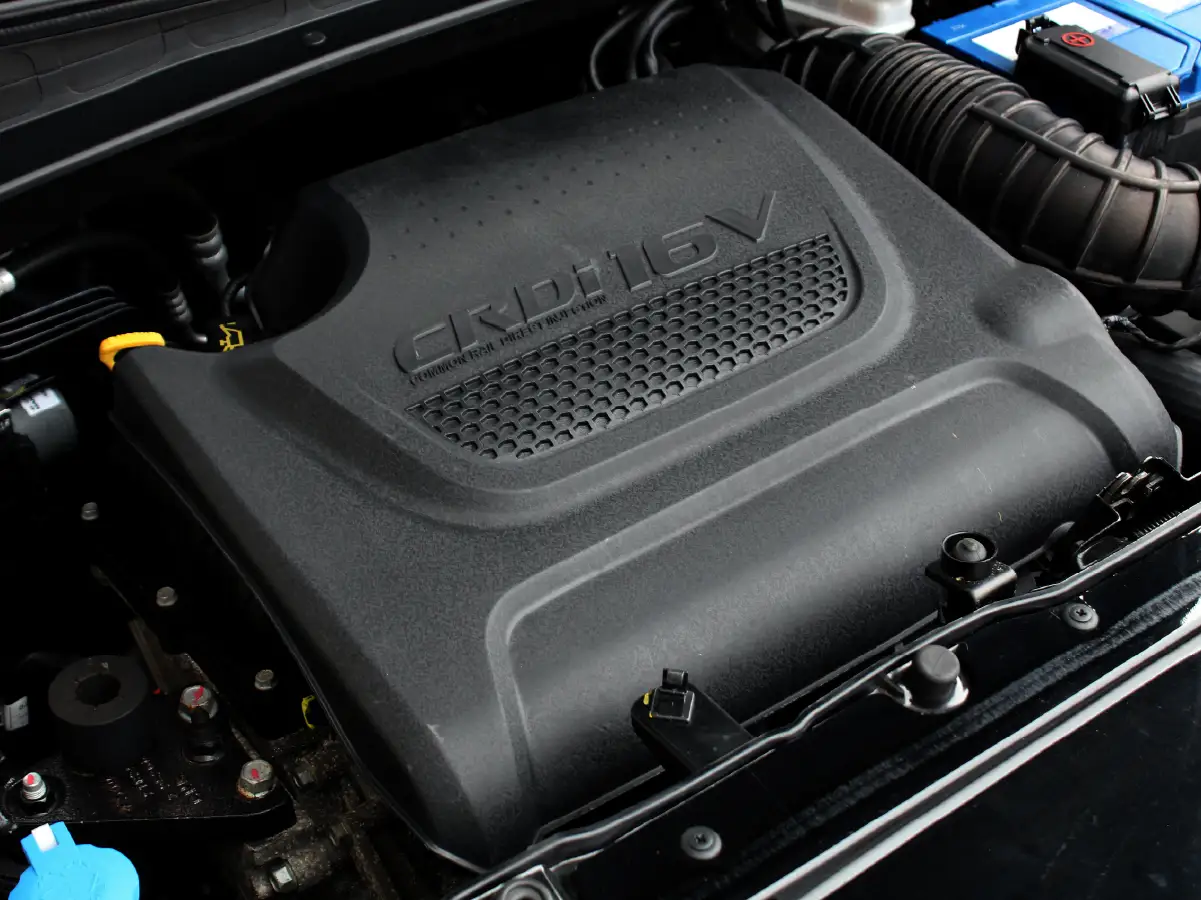
While CRDI Engines are advanced and efficient, they also need proper maintenance to stay in good shape. These engines have more sensitive components like injectors, high-pressure fuel pumps, and sensors. That’s why it’s important to follow the right maintenance habits from day one.
For a start, always use high-quality diesel fuel. Contaminated fuel can damage the injectors and lead to expensive repairs. Try to fill up only from trusted fuel stations. Also, follow the recommended service schedule. CRDI cars usually need fuel filters replaced every 15,000 to 20,000 km, and injectors inspected at regular intervals.
Avoid cranking the engine for too long, especially in cold starts. Let the glow plugs do their job before turning the key. And never ignore warning lights on the dashboard. Since CRDI engines depend heavily on electronic sensors, even a small issue can impact overall performance. If you take care of these engines, they’ll reward you with long-lasting performance and excellent fuel savings.
Is a CRDI Engine Right for You?
Choosing the right engine depends on your driving style and needs. If you drive long distances regularly, like highway commuting, business trips, or intercity travel, a CRDI engine can be a great choice. You’ll get strong torque, better mileage, and fewer fuel stops.
Even in the city, CRDI cars are a solid option. Thanks to their low-end torque and refined performance, you won’t feel that old diesel sluggishness anymore. Modern BS6 CRDI engines also meet emissions rules, making them suitable for urban use.
But if you mostly drive short distances or don’t clock more than 10,000 km a year, a petrol or CNG car might make more sense. CRDI cars cost more upfront and their benefits shine when used regularly. So make your decision based on usage, but if diesel fits your pattern, a CRDI engine is one of the smartest picks in the market.
Future of the CRDI Engine in India
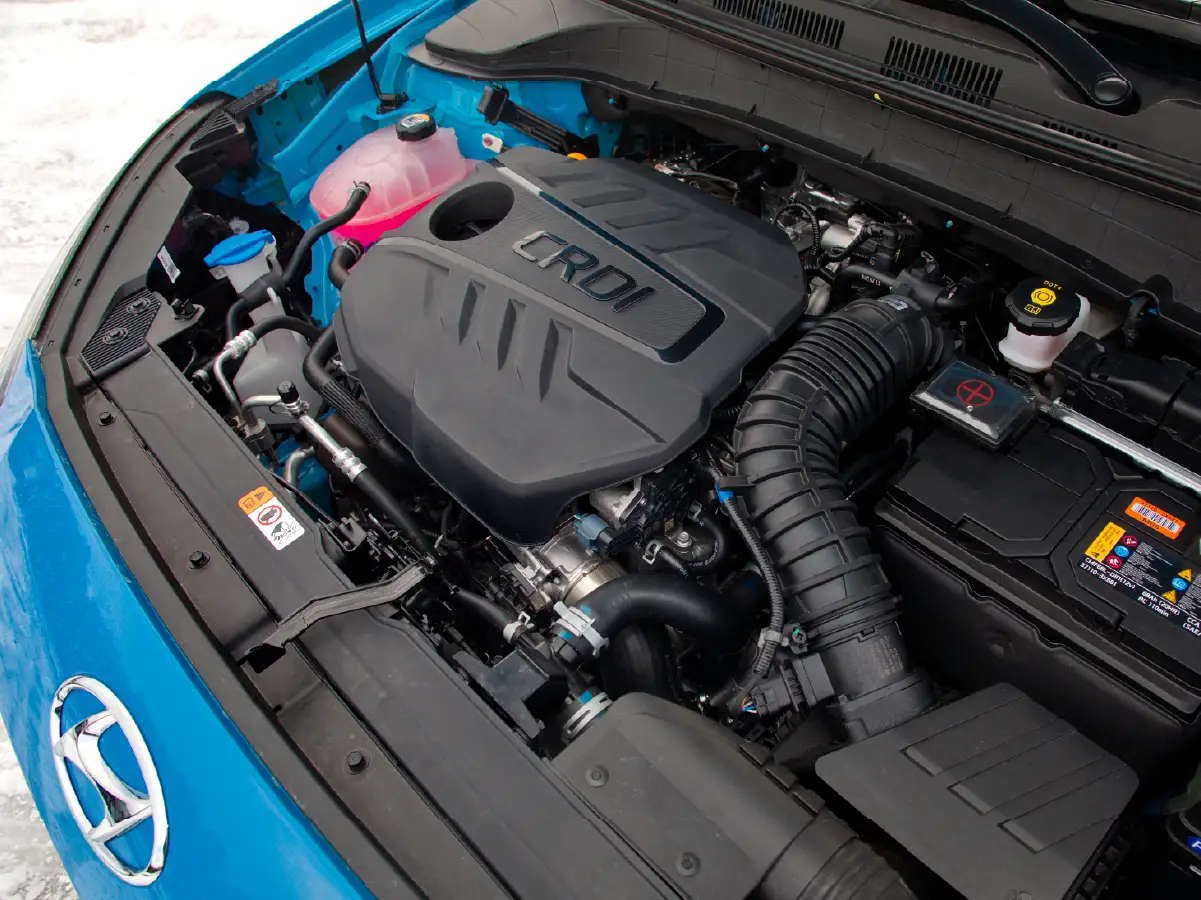
The future of CRDI engines in India looks strong in the short to medium term. Many carmakers are still launching new diesel models with CRDI tech. From compact SUVs like the Kia Sonet to big boys like the Mahindra Scorpio N and Tata Safari, these engines continue to power some of the most loved vehicles in the market.
But long-term, there are signs of change. As India moves toward electric vehicles (EVs) and alternative fuels, diesel’s popularity could decline. Government policy, pollution rules, and rising diesel prices may push carmakers to phase out smaller diesel engines.
Still, CRDI engines will continue to be relevant for people who need torque-rich performance, especially in rural areas, transport fleets, and larger personal vehicles. For the next 5–7 years, expect CRDI tech to remain a staple in Indian showrooms, especially in SUVs, MUVs, and commercial vehicles.
CRDI Engine in Popular Indian Cars
Many of India’s best-selling diesel cars run CRDI engines. Hyundai uses its CRDi branding in the Venue, Creta, and Alcazar. Kia does the same in the Sonet and Seltos. Tata offers CRDI technology in models like the Nexon Diesel, Harrier, and Safari.
Mahindra uses similar tech in the XUV300, Thar, and Scorpio N. Even Maruti Suzuki, although mostly petrol now, used CRDI engines in the S-Cross and Brezza diesel variants until recently. These engines are popular across price segments because they offer great drivability and fuel economy.
If you’re looking to buy a used diesel car on platforms like CARS24, spotting “CRDi” or “DDis” on the badge is usually a sign of a reliable, modern engine. It means you’re getting a car that balances performance, mileage, and emission compliance.
CRDI Engine Technology and Emissions Norms
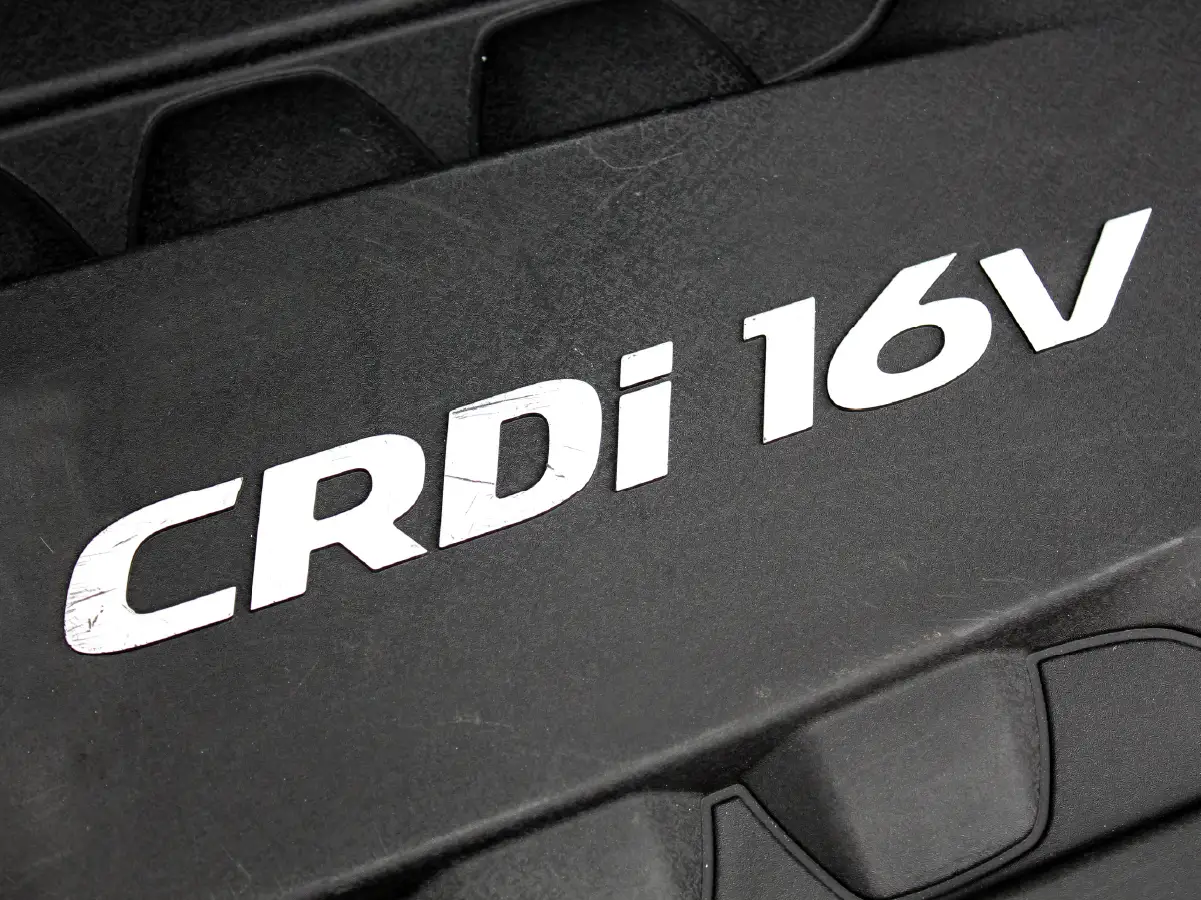
One reason CRDI engines are still going strong in India is their ability to meet strict BS6 emission standards. The CRDI engine points to the system’s real strength: better combustion through common-rail fuel delivery. This gives automakers the flexibility to tune engines for both performance and cleanliness.
BS6 norms demand lower NOx and particulate emissions. CRDI tech allows the use of Diesel Particulate Filters (DPFs) and Exhaust Gas Recirculation (EGR) systems, helping engines comply without sacrificing too much on performance. In real-world terms, you get diesel efficiency without black smoke or loud rattles.
As emission norms get stricter in future BS7 or BS8 stages, CRDI Engines may need hybrid support or electrification. But for now, they remain the best way to run efficient diesel cars that still deliver strong pulling power and low emissions.
Conclusion
The CRDI engine has changed the way Indians think about diesel cars. It offers better performance, higher mileage, smoother drives, and cleaner emissions. Once you understand the CRDI engine and how it works, it becomes clear why this technology has become the backbone of modern diesel cars in India.
If you drive long distances, want strong torque, or need a fuel-saving alternative to petrol, a CRDI engine is a solid choice. And with more models on sale today that use this system, it’s easier than ever to buy one, whether new or used. Just maintain it well and enjoy years of reliable, efficient driving.
Frequently Asked Questions
Expand all

